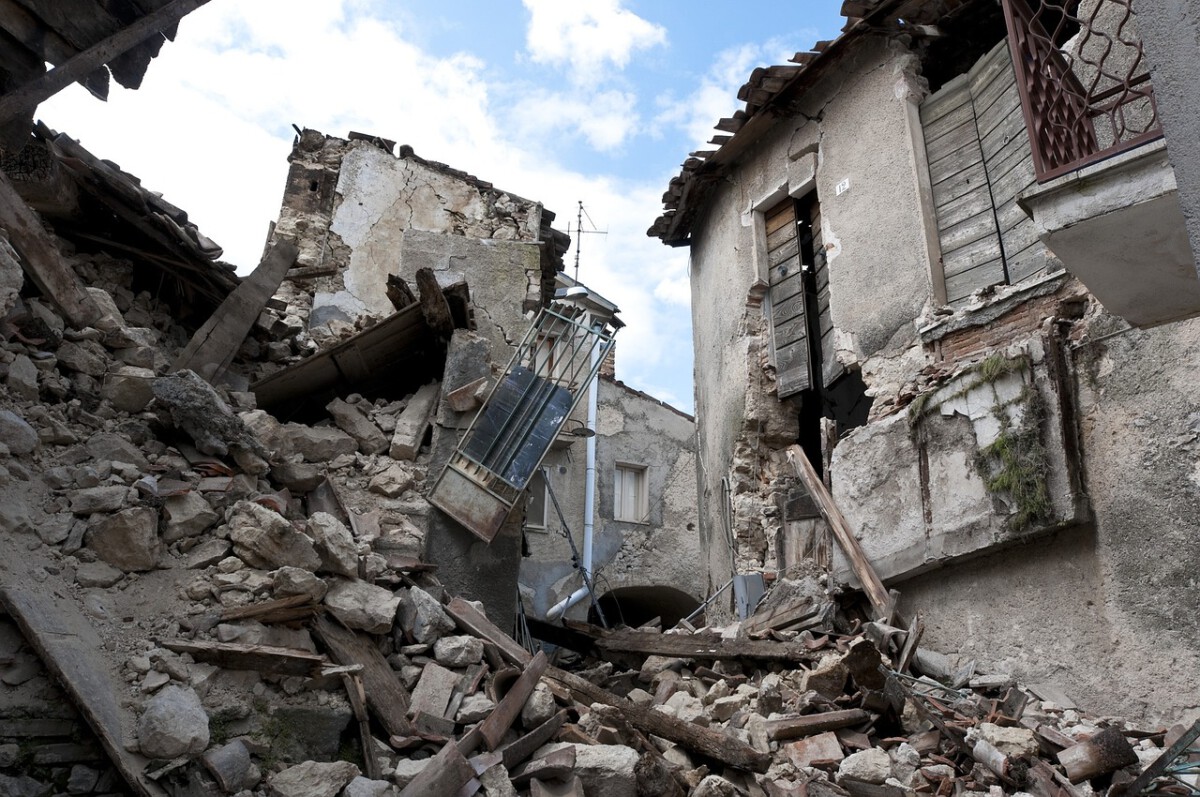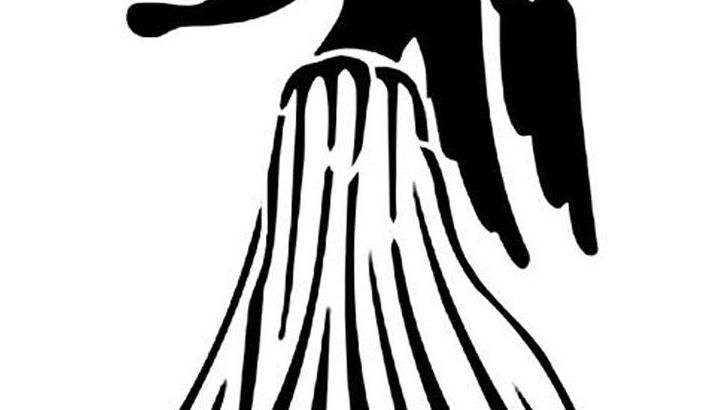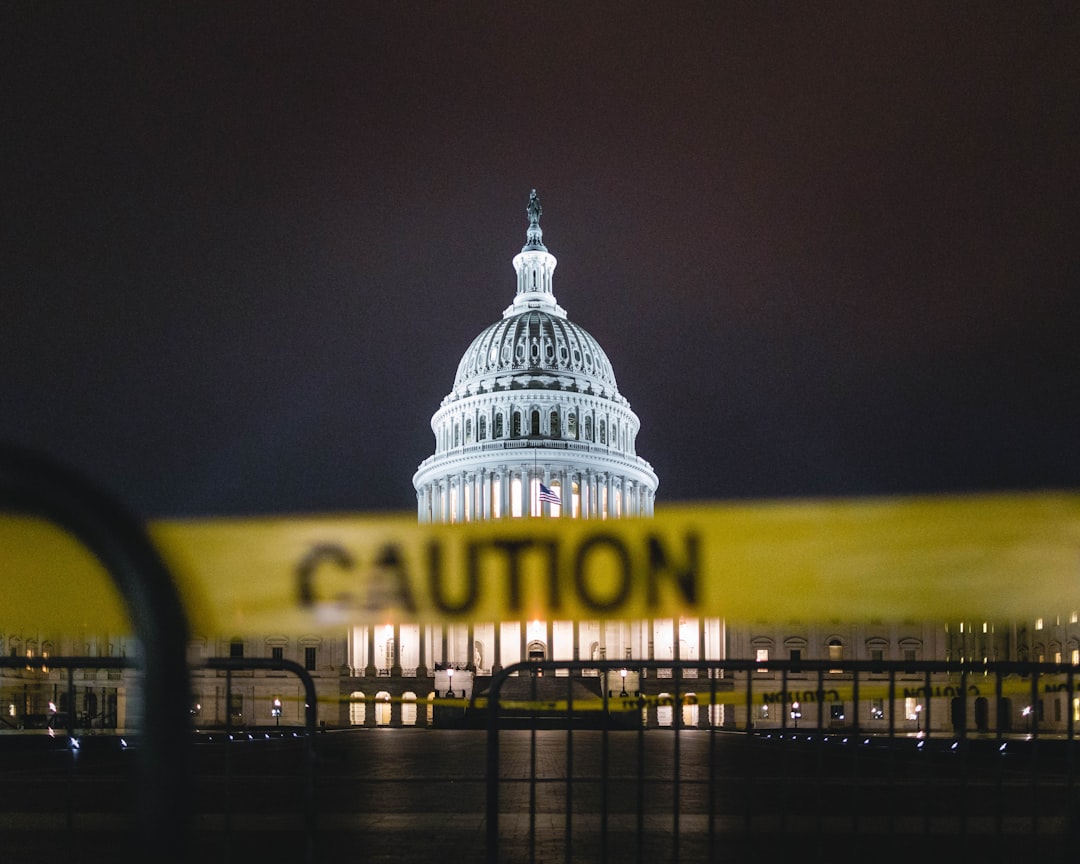Switzerland: A Benchmark for Clean Water

Switzerland is often the gold standard when it comes to water purity, blending breathtaking alpine landscapes with crystal-clear streams and lakes. More than 80% of Swiss drinking water comes from groundwater sources, naturally filtered through the Alps’ mineral-rich rocks. According to the Swiss Federal Office for the Environment, the nation’s water quality index reached a remarkable 98% in 2024, signaling that almost every citizen can trust their tap. Strict regulations and relentless monitoring ensure pollutants rarely make their way into household taps. The Swiss approach is proactive—agricultural practices and urban development are tightly controlled to protect water sources. Residents frequently boast about the taste and clarity of their water, and it’s common to see children filling bottles straight from public fountains. The country’s reputation for purity is more than just a point of pride—it’s a way of life.
Finland: Nature’s Water Purifier

Finland’s vast forests and thousands of lakes create a natural purification system that most countries only dream of. The Finnish Institute for Health and Welfare confirmed in 2025 that nearly all drinking water here—97%—comes from lakes and groundwater, giving it unrivaled freshness. The government’s dedication to protecting these sources is evident in their rigorous water treatment standards and continuous investment in infrastructure. Finns are so confident in their water that many skip bottled options entirely, preferring the taste of their own taps. Lakes and streams are protected by laws that prevent pollution from both industry and agriculture, ensuring a steady supply of clean water. This dedication has paid off: Finland tops global rankings for water cleanliness year after year. The result is not just healthy citizens, but thriving wildlife and lush landscapes.
Norway: Crystal Clear Waters

Norway is a place where water seems to sparkle, thanks to its glaciers, fjords, and abundant rainfall. The Norwegian Water Resources and Energy Directorate reported in 2024 that the country’s water quality index stood at 95%, a testament to careful stewardship. Advanced water treatment facilities in urban areas complement the pristine sources found in nature, ensuring every glass poured is safe. Policies aimed at safeguarding aquatic ecosystems have helped reduce pollution from industry and agriculture. Norwegians often describe their water as a “national treasure”—a resource cherished and fiercely protected. Environmental sustainability is woven into the culture, with efforts focused on reducing industrial runoff and maintaining biodiversity. The result is water that not only tastes pure but supports some of the world’s most stunning aquatic habitats.
Canada: A Vast Reservoir of Clean Water

Canada holds about 20% of the world’s freshwater, making it a powerhouse when it comes to water resources. In 2025, the Canadian government found that 90% of drinking water systems met or exceeded health standards, a point of pride for many Canadians. The country’s strict environmental regulations and expansive wilderness areas help shield water supplies from contamination. Investments in cutting-edge water treatment ensure even remote communities can access clean water. However, challenges remain: some Indigenous communities still face long-standing boil water advisories, highlighting persistent inequalities. Despite these issues, most Canadians enjoy access to some of the cleanest lakes and rivers on the planet. The commitment to protecting these resources is deeply ingrained in national policy and everyday life.
New Zealand: Pristine Waters and Sustainable Practices

New Zealand is famous for its breathtaking landscapes, and its water quality is no exception, boasting a 92% water quality index in 2024. The country’s unique geography, with mountains funneling rainfall into clear streams, helps provide naturally clean water. Government regulations are strict, targeting pollution from both agriculture and cities to protect waterways. Initiatives such as the National Policy Statement for Freshwater Management are designed to ensure future generations inherit healthy water systems. Many Kiwis take pride in drinking water sourced directly from natural springs, reflecting a culture deeply connected to nature. While there are ongoing efforts to balance economic activity with environmental protection, New Zealand stands out as a model for sustainable water use. Its lakes and rivers are not only safe for drinking but are also popular spots for fishing and swimming.
Germany: Rigorous Standards and Advanced Technology

Germany’s reputation for precision extends to its water quality, which scored 91% on the national water quality index in 2025. The majority of the supply comes from well-protected groundwater, carefully managed under strict EU and national guidelines. German water utilities use advanced purification technologies, continuously updating processes to keep pace with new contaminants. The Federal Environment Agency underscores the importance of safeguarding water supplies from both pollution and overuse. Efforts to reduce plastic waste are also making an impact, with refillable bottles and public water stations becoming a common sight. Germans often boast that their tap water is as good as, if not better than, bottled alternatives. This combination of technology, regulation, and environmental awareness allows for safe, tasty water across the country.
Japan: Innovative Solutions for Water Quality

Japan’s approach to water management is a blend of cutting-edge technology and meticulous care. With a water quality index of 90% in 2024, the country’s systems are built to withstand both daily demands and frequent natural disasters. Rivers and lakes, the main sources, are treated with state-of-the-art filtration and regularly tested by the Ministry of Health, Labour and Welfare. Japan’s focus on disaster preparedness has led to innovative solutions, such as portable purification units and emergency water reserves. Urban centers benefit from advanced infrastructure, while rural areas receive targeted support to maintain standards. Citizens trust their tap water, often noting its clarity and pleasant taste. The country’s unwavering dedication to water safety ensures consistent access, even in the face of earthquakes or typhoons.
India: A Struggle for Clean Water

India’s water challenges are staggering—a daily reality for millions. The National Green Tribunal’s 2025 report states that around 600 million people face severe water scarcity, a crisis fueled by rapid urbanization and unchecked pollution. Rivers, once revered, are now among the world’s most polluted, with industrial and domestic waste pouring in unchecked. The World Health Organization estimates nearly 200 million Indians lack safe drinking water, leading to health crises and economic losses. Infrastructure struggles to keep pace with population growth, while enforcement of water protection laws is inconsistent. Despite government initiatives and international aid, progress is slow and uneven. For many families, access to clean water remains a distant hope, not a guarantee.
Nigeria: A Water Crisis

Nigeria’s water crisis is dire, with just 58% of people having reliable access to safe drinking water as of 2024. Pollution from industry and poor sanitation are major culprits, contaminating rivers and wells across the country. UNICEF reports over 47 million Nigerians lack even basic water services, resulting in widespread outbreaks of waterborne diseases. Government efforts to improve water access are often hampered by corruption and inefficiency, leaving many rural communities especially vulnerable. The urban-rural divide is stark, with city dwellers more likely to enjoy piped water while villagers rely on unsafe sources. Children and women bear the brunt, spending hours each day collecting water. Unless there’s a dramatic overhaul in management and investment, millions will remain at risk.
Bangladesh: Contaminated Water Sources

Bangladesh faces a hidden epidemic—most of its surface water, about 80%, is contaminated by industrial and agricultural runoff. The World Bank’s 2025 report highlights that millions must rely on unsafe water, leading to high rates of illness and even death. Worse yet, groundwater, once a refuge, now suffers from arsenic contamination in many regions. International aid agencies and the government have launched projects to provide safe water, but the sheer scale of contamination is overwhelming. Rural households often use shallow wells, unknowingly exposing themselves to toxins. Urban areas battle with industrial waste flowing into rivers, making cleanup a monumental challenge. The situation remains urgent, with public health hanging in the balance.







